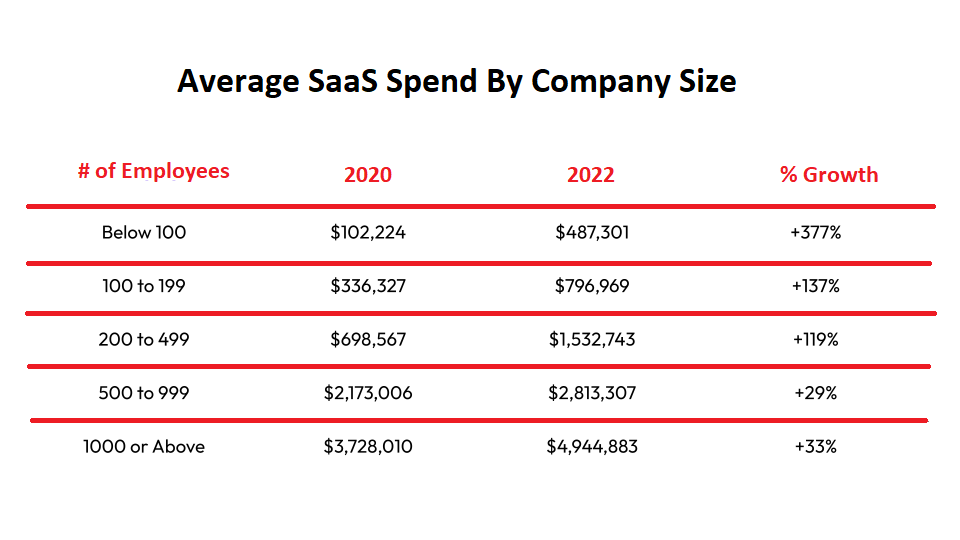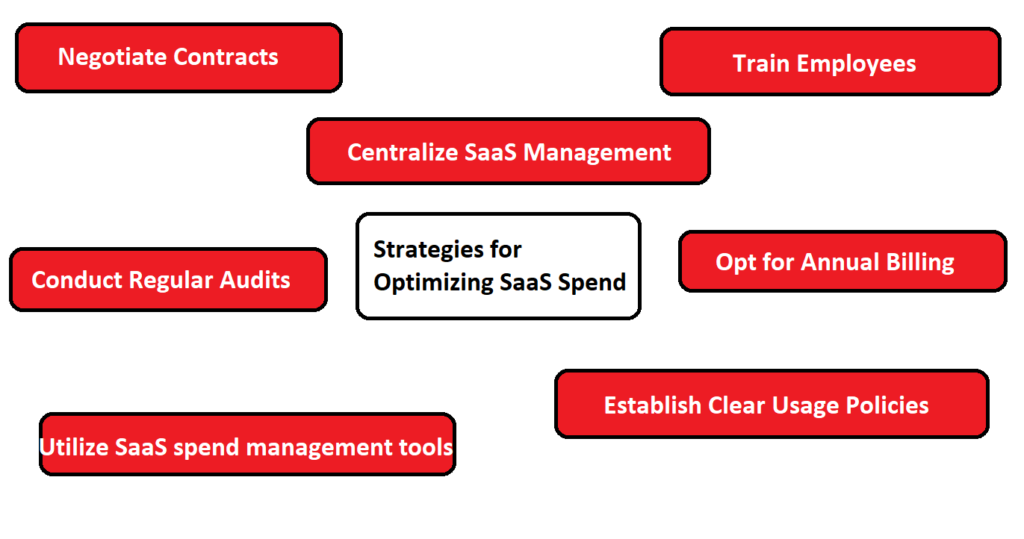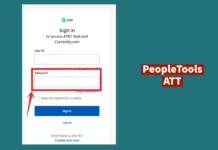The Software as a Service (SaaS) model has revolutionized the way businesses operate, enabling them to thrive in the era of digital transformation. In particular, remote businesses have embraced SaaS solutions to stay agile, efficient, and competitive in the market. As remote work becomes the new norm, it is essential for organizations to understand the importance of SaaS spend and its impact on operational efficiency, scalability, and cost management.
This article delves into the significance of SaaS spending for remote businesses and offers strategies for optimizing this expenditure.
Overview of SaaS and Remote Businesses
SaaS refers to cloud-based software applications that are hosted and maintained by third-party providers, allowing users to access these applications via the Internet.
SaaS applications have gained popularity among remote businesses due to their accessibility, ease of use, and cost-effective subscription models.
Remote businesses benefit from SaaS applications as they can be accessed from any location with an internet connection. This enables employees to work efficiently without the need for physical presence in an office.
As remote work becomes increasingly prevalent, the demand for SaaS solutions has surged, resulting in a growing need for businesses to manage their SaaS spending effectively.
RELATED: What is a SaaS Company?
Operational Efficiency and SaaS Spend
SaaS applications can significantly improve the operational efficiency of remote businesses. They offer streamlined processes, automation, and real-time collaboration tools that allow employees to work effectively regardless of their location.
By investing in the right SaaS applications, businesses can save time, reduce errors, and improve communication.
However, it is crucial for businesses to track and manage their SaaS spending to ensure the ROI of these investments. Unnecessary or underutilized applications can lead to increased costs and wasted resources.
Monitoring SaaS spend enables businesses to identify areas where adjustments can be made to maximize operational efficiency.
Scalability and SaaS Spend

One of the main advantages of SaaS solutions is their scalability, which allows remote businesses to easily expand or contract their software usage based on their needs.
As businesses grow or evolve, they can add or remove users, features, or storage capacities without incurring significant costs.
To optimize scalability, businesses should carefully monitor their SaaS spend and adjust it according to their changing needs.
By regularly evaluating the utilization of each SaaS application, businesses can identify opportunities to scale up or down as needed, ensuring they only pay for what they use.
Cost Management and SaaS Spend
While SaaS applications often have lower upfront costs compared to traditional software, businesses should still be mindful of their overall spending.
Subscription fees, data storage costs, and additional features can quickly add up, leading to unanticipated expenses. To effectively manage costs, businesses must track their SaaS spend, monitor usage, and assess the ROI of each application.
Strategies for Optimizing SaaS Spend

To maximize the benefits of SaaS solutions and manage costs, businesses should consider the following strategies:
Centralize SaaS Management
Appoint a dedicated team or individual responsible for managing SaaS applications and spending. This will help ensure consistency and accountability in SaaS usage and expenditures.
Conduct Regular Audits
Perform routine audits of SaaS applications to evaluate their usage, costs, and effectiveness. This can help identify underutilized applications, duplicate subscriptions, and opportunities for consolidation.
Opt for Annual Billing
Many SaaS providers offer discounts for annual billing, which can lead to substantial cost savings. Evaluate if annual billing is suitable for your business and consider switching to this payment method.
Negotiate Contracts
Don’t hesitate to negotiate with SaaS providers for better pricing or customized plans that better suit your business needs.
Utilize SaaS spend management tools
To track and monitor your organization’s software expenses. These tools can provide valuable insights, help identify cost-saving opportunities, and automate the process of managing SaaS subscriptions.
Train Employees
Ensure that your employees are well-trained in using the SaaS applications adopted by your business. Proper training can lead to increased efficiency, reduced errors, and higher utilization of the software.
Establish Clear Usage Policies
Develop guidelines and policies for SaaS application usage within your organization. This can help prevent redundant subscriptions, unauthorized access, and the proliferation of shadow IT.
As remote work becomes increasingly common, the importance of SaaS spend for remote businesses cannot be overstated. Organizations can enhance their operational efficiency, scalability, and cost management by investing in the right SaaS solutions.
However, it is crucial for businesses to carefully monitor and manage their SaaS spending to ensure they are getting the most value from their investments.
By adopting the strategies outlined in this article, remote businesses can optimize their SaaS spend and continue to thrive in the competitive digital landscape.
Centralizing SaaS management, conducting regular audits, negotiating contracts, and implementing SaaS spend management tools are just a few ways to maximize the benefits of SaaS solutions while minimizing costs.
By striking the right balance between investing in innovation and managing expenditures, remote businesses can maintain a competitive edge and drive long-term success in the digital age.
ALSO READ:




